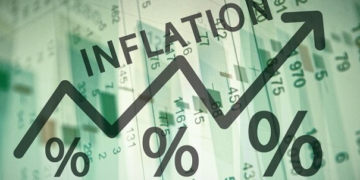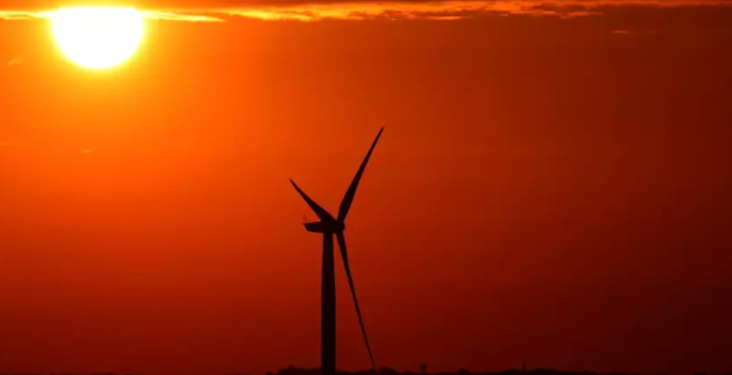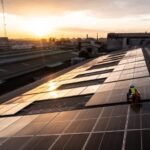Global investment in renewable energy rose by 1% in 2019 to $282.2 billion compared to 2018 figure, but it was 10% below the record figure of $315.1 billion in 2017. according research by UNEP, Bloomberg New Energy Finance and the Frankfurt School-UNEP Collaborating Centre.
According to the report, there were more investment into renewable energy in 2019 than fossil fuel and nuclear technologies.
Renewables excluding large hydro dams accounted for a record 77.6% of the net new capacity added in all generation technologies in 2019. They produced 13.4% of global electricity, up from 12.4% in 2018.
Over the 2010-2019 decade as a whole, nearly $2.7 trillion went into building new renewables capacity around the world, with $1.4 trillion of this going into solar and $1.1 trillion into wind.
The United States out paced Europe in 2019 renewable energy investment. Europe financed $54.6 billion in 2019, down 7% from 2018
The United States invested $55.5 billion in 2019, up 28% from the year before as onshore wind developers rushed to take advantage of tax credits before their expected expiry, the report said.
Developing economies continue to invest more in renewable energy than developed economies in 2019, developed economies committed $152.2 billion, compared to $130 billion for developed countries.
Thus, developing countries which includes China and India accounted for 54% the global clean energy investment. This was the same proportion in 2018, but down from 2017’s share of 62%
However, China and India are both slipping back, China’s investment fell to its lowest level since 2013 at $83.4 billion due to continued government cutbacks on support for solar power.
- Have you read?
- Egypt’s Benban Solar Park – A rare sight to behold in Africa
- Manufacturing and Non-manufacturing sectors PMI contract in June – CBN
Other developing countries’ saw a 17% jump in renewable energy investment to a record $59.5 billion. This amount includes the largest financing ever in the solar sector: $4.3 billion for the Al Maktoum IV solar thermal and photovoltaic complex in Dubai according to the Bloomberg NEF report.
Globally, new coal-fired generation is estimated to have had $37 billion of investment last year; new gas-fired generation had $47 billion and $15 billion was invested in new nuclear generation.
Investment in renewable capacity by top 30 country or territory in 2019 in $bn, and growth on 2018.

In terms of capacity, 184 gigawatts (GW) of new clean energy was added in 2019. This is 12% (20GW) higher compared to 2018.
This record addition is due to the falling cost of renewable energy, which is equally due to technology improvements, economies of scale and fierce competition at auctions.
Cost of “solar photovoltaic plants in the second half of 2019 was some 83% lower than a decade earlier, while the equivalent reductions for onshore and offshore wind were 49% and 51% respectively,’ the report said.
“Nearly 78% of the net gigawatts of generating capacity added globally in 2019 were in wind, solar, biomass and waste, geothermal and small hydro. Investment in renewables excluding large hydro was more than three times that in new fossil fuel plants.”
Read also; FCMB Pensions Ltd to acquire 96% stake in AIICO Pension Managers Ltd
Wind attracted a record $138.2 billion, up 6%, helped by a boom in offshore project financing. Solar saw a 3% fall to $131.1 billion, while biomass and waste grew 9% to $9.7 billion.
Governments and companies around the world have committed to adding some 826 GW of new non-hydro renewable power capacity by 2030 at a likely cost of around $1 trillion, the report said.
However, this falls short of what is needed to help limit world temperature rise to less than 2 degrees Celsius.
Written by;
Ifunanya Ikueze

























































